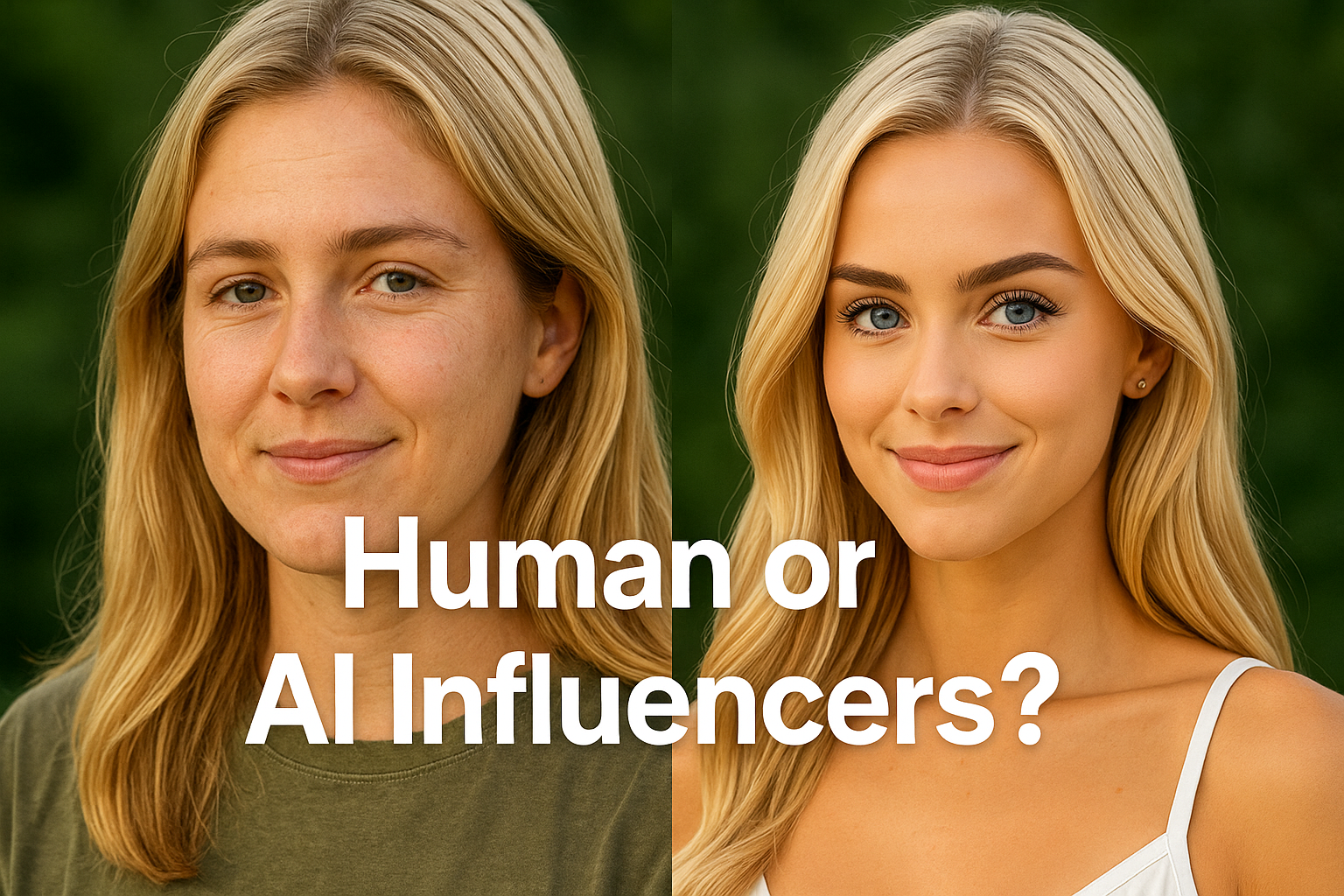
According to TechRadar, virtual influencers—AI-powered or CGI-generated characters with scripted personalities—are no longer fringe. They’re securing brand deals, building audiences, and changing how we think about "influence."
Brands like Prada, Samsung, and NARS have all tested campaigns with virtual ambassadors.
Electrolyte powder brand Waterboy recently hosted over 30 influencers in Tulum to spark buzz. But the content that emerged was… chaotic. Hangovers, party footage, and off-brand antics filled TikTok feeds—with the product barely featured.
Though the trip generated sales and views, it left many wondering: Was it worth the reputational risk?
At Popcorn, we strongly believe that human influencers remain essential. They offer something AI can’t: cultural nuance, emotional resonance, lived experience, and spontaneous storytelling.
But here’s the truth: the bar has been raised.
If creators don’t consistently deliver value—to the brand and their audience—they risk becoming less relevant than their AI counterparts.
If an influencer is difficult to work with, lacks alignment, or misses the mark creatively, brands will ask: Why not just use an avatar instead?
Here’s how to stay sharp in this changing landscape.
Are you optimizing for:
Include:
Being real doesn’t mean being reckless. Influencers should still:
Beyond impressions, look at:
Co-create. Share your goals. Optimize together. That’s how you get content that performs—and builds long-term equity.
It depends.
For brands in fashion, tech, gaming, or beauty, it might make sense. If you’re launching a Gen Z-targeted product or need aesthetic control, testing a virtual creator is a low-risk way to explore the future.
But don’t drop human influencers altogether.
Virtual influencers bring consistency. Human creators bring soul. The best campaigns will balance both—aligning technology with authenticity to build trust, scale, and resonance.
Whether you work with creators made of pixels or people, what matters most is intentionality.
At Popcorn, we help brands:
Influence without purpose is noise. We’re here to cut through that.
Influence isn’t dying—it’s diversifying.
Creators who bring clarity, consistency, and creativity will lead the next chapter. Brands who evolve—without chasing trends blindly—will build trust, community, and staying power.
Whether you’re navigating a CGI campaign or planning your next creator retreat, the message is clear:
Plan smarter. Align deeper. Execute with purpose.